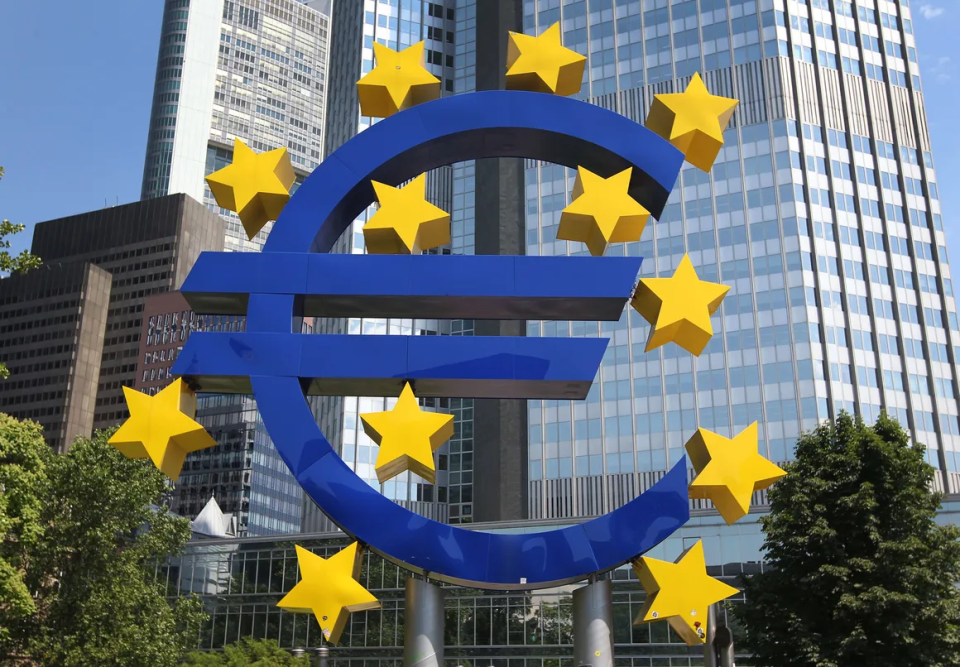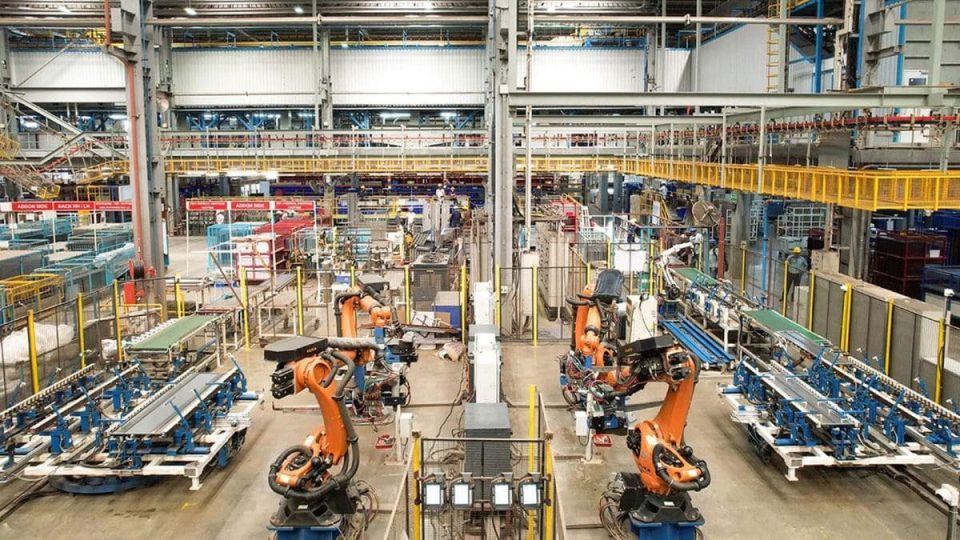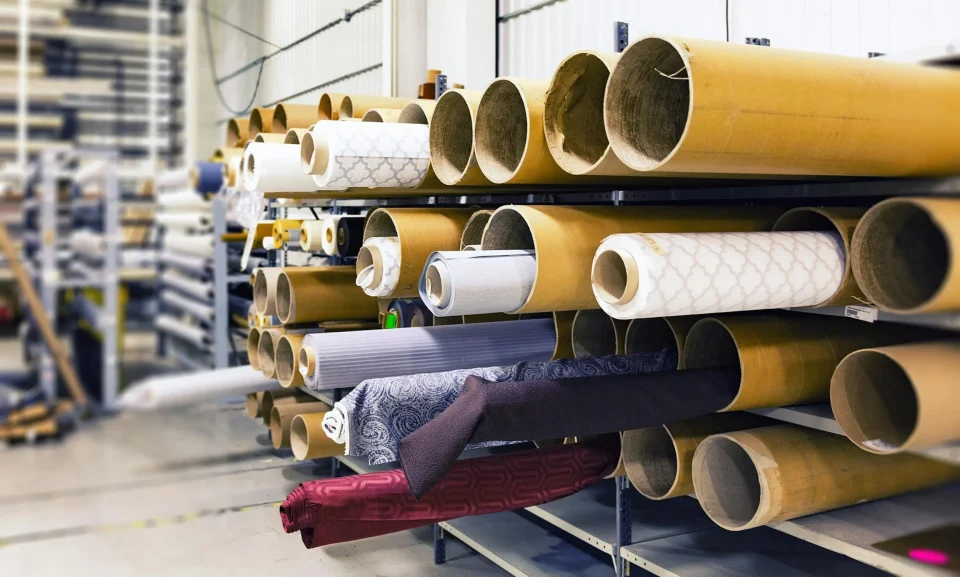In September, a downturn in Eurozone business activity deepened. S&P Global’s flash composite purchasing managers’ index for the eurozone fell to a reading of 48.2, down from 48.9 in August. A level below 50 indicates a contraction in business activity.
The business activity is said to be sliding to its lowest mark in 20 months. This can be primarily attributed to pressure arising on companies due to rising inflation. The economy is now becoming severely affected by high inflation both at the producer and consumer levels.
Both services and manufacturing output are at 48.9 and 46.2, respectively, indicating contracting business activity. The manufacturing sector of the region is facing problems. Supply chain issues still disturb production. Weaker global demand has caused backlogs of work to drop as new orders are falling quickly. Incidental production stoppages because of high energy costs are also adding to decreasing production in the sector.
The rise in electricity and gas prices in August is now leading to price pressures emerging for businesses in September. This confirms that there persists a stagflationary environment in the eurozone.
The ECB has made it clear that it will continue to increase rates as it tries to fight stubbornly high inflation. A 75 basis point increase in October is, therefore, definitely on the table.











